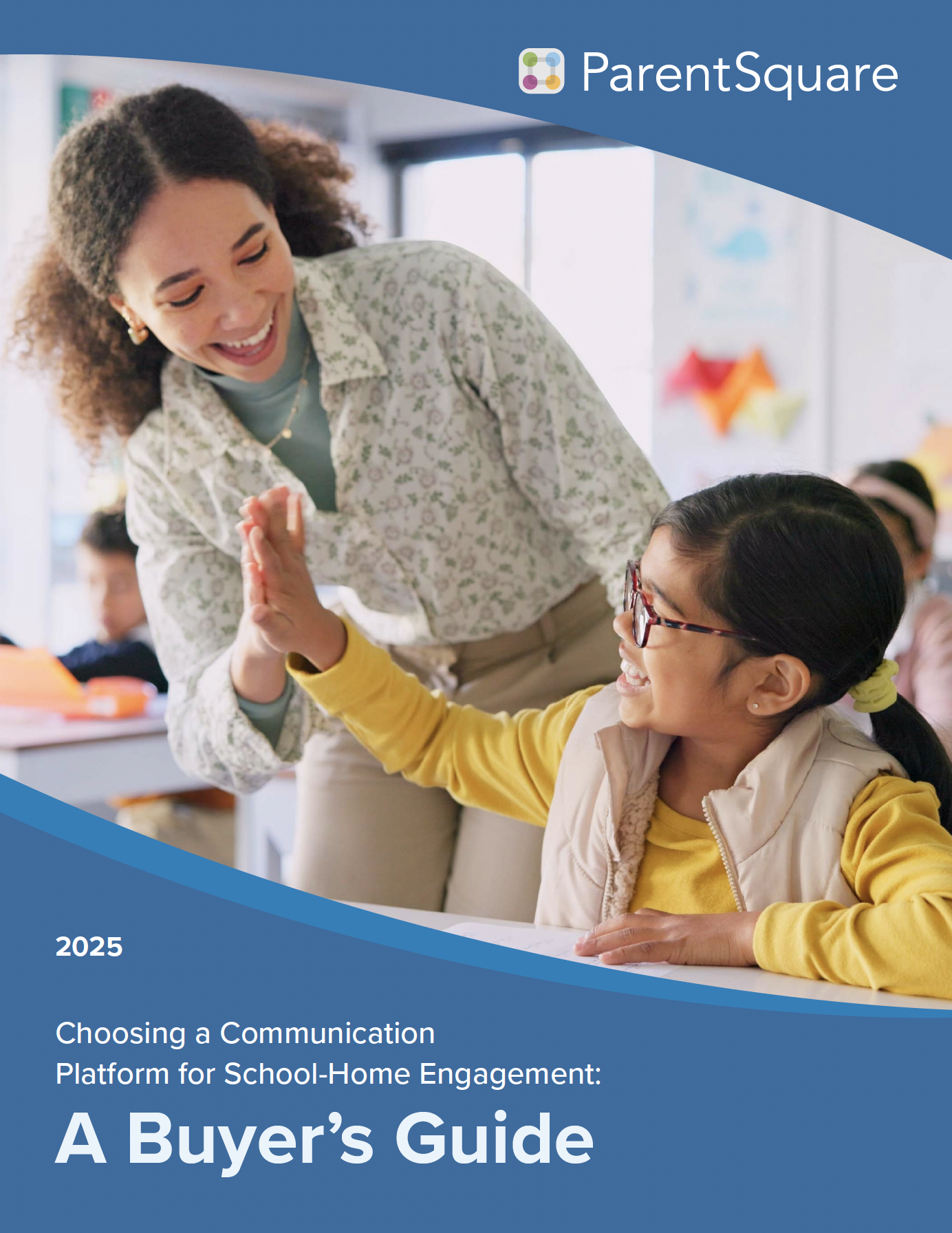
As we edge closer to a post-pandemic world, many parents and educators face another obstacle: pandemic learning recovery. What does it really look like? How will parents and educators take on the monumental task of evaluating it, let alone remediating it? What are the long-term implications?
Our Chief Strategy Officer, Dr. Chad Stevens, recently interviewed Waterbury Public Schools’ Director of Communications Sujata Wycoff and discussed her district’s approach to pandemic learning recovery. Sujata’s response was clear-cut: Waterbury is tackling it head-on.
In March 2021, Waterbury Public Schools set out to engage stakeholders by creating a “think tank” to recommit to and re-imagine education—not an easy feat as one of the largest and most diverse school districts in the state of Connecticut. But if there’s one thing the district realized throughout the pandemic, it’s that every child learns differently, and there is no such thing as a one-size-fits-all solution when it comes to education.

“If nothing else, this pandemic has reaffirmed more that children learn differently and that a one-size model doesn’t work anymore.”
—Sujata Wycoff, Director of Communications, Waterbury Public Schools
With that in mind, Waterbury endeavored to fulfill its mission of re-thinking educational paradigms so every child in their district will have a shot at successful pandemic learning recovery. Here are three things they learned over the past year to help shape their post-pandemic schooling model.

As Sujata explained, there are so many student challenges that the district was not privy to before the onset of the pandemic. Things like who has parental or familial support, which students work to help supplement their family’s income, who’s looking after siblings, who stays with grandparents during the day, or which are experiencing housing instability. When kids aren’t on campus, all of these obstacles matter so much more. The pandemic allowed Waterbury to understand things they didn’t before and gave insight into why certain students were not attending virtual school.
Knowing that at both a district and school level educators were giving everything they had to support their students to the best of their abilities, it also highlighted a truth: students also need strong support systems at home.
When this isn’t possible, what can a district do to help students facing obstacles with remote learning? Waterbury engaged their community partners—such as local organizations, businesses, and faith-based groups—and banded with them to provide the extra support that students need.
In many cases, Waterbury’s community partners also serve as a conduit to connect with families to see if they’re really okay and let them know that someone else cares about their wellbeing. Sujata explained that relationships like these are invaluable and give the district an extra layer of support since family and community engagement are so foundational to successful learning.
Reflect: In what ways is your district partnering with your community to provide vital resources to your student population and their families? Who else could you partner with for the long haul?

At the onset of the pandemic, remote schooling seemed almost impossible, yet districts and schools across the country quickly pivoted to ensure continuity of learning. For many districts, though, a transition to remote learning exposed inequities across multiple areas.
Children and their families were thrown into unchartered territory, trying to keep up with a curriculum and doing so without the tools they needed. While Waterbury, like so many others, was not prepared to navigate a virtual world overnight, they quickly mobilized to become a 1:1 district.
Yet many students still struggled with remote learning. Even with academic support, acceleration, and a recovery plan, the district is more committed than ever to focus on specific student populations. They include homeless youth, disengaged youth, English language learners, and special education students who have struggled with learning during the pandemic.
On the other hand, Sujata explained that one unexpected outcome of the pandemic has been that some students are actually thriving in a virtual environment. They’re receiving higher grades and enjoying school more when done from home. Students can get ahead on work; there are fewer distractions and social stressors at home.
As Waterbury moves forward with its plans for the next school year, they are keenly aware of the progress some students have made remotely and will strive to keep a place for that moving forward.
Reflect: In what ways has your district worked to uncover which students are struggling with remote learning and which are thriving? Are you willing to offer multiple learning scenarios post-pandemic? If so, what will that look like for your students?

Throughout the pandemic, the district has used a variety of ways to engage with its community because, as Sujata put it, “people need to hear ‘we’re here for you.'” Waterbury administrators have made home visits to check in on students and their families. Teachers are hosting virtual office hours, giving working parents greater flexibility to attend, and they’re using the ParentSquare platform for school-to-home communications.
And with the district ramping up its efforts to get as many students as possible back on campus, communications have never been more critical. Sujata explained that one of the key messages they need to get across to parents is how safe their schools are for students to return. To demonstrate that, Waterbury uses videos that go out across the ParentSquare platform to reach all families and provide a lens into their schools since parents can’t be on-site. And when parents and guardians have more insight into their students’ lives at school, it builds greater trust.
Reflect: Is your district communicating with families by engaging them in a variety of ways? Do your communications help parents trust you more? If you’re not sure, try surveying parents and guardians to see what resonates with them when it comes to school-to-home communications.
The pandemic has upended K-12 as we know it, but for Waterbury Public Schools, they’ve gleaned everything they can from this crisis to re-imagine a new system that can work for all of their students. And while they know they can’t establish this new system overnight, the district is taking what it has learned and focusing on getting kids to where they need to be so they can move forward.
Our sincerest appreciation goes to Sujata Wycoff for providing an inside look at how her district is approaching pandemic learning recovery. We hope you found these observations interesting and the reflections thought-provoking.
To view the interview in its entirety, click below.
Coming up! Critical Choices: Strategic Approaches to Upgrading K-12 Communications
Tuesday, May 11th, at 11 am PDT / 2 pm EDT







